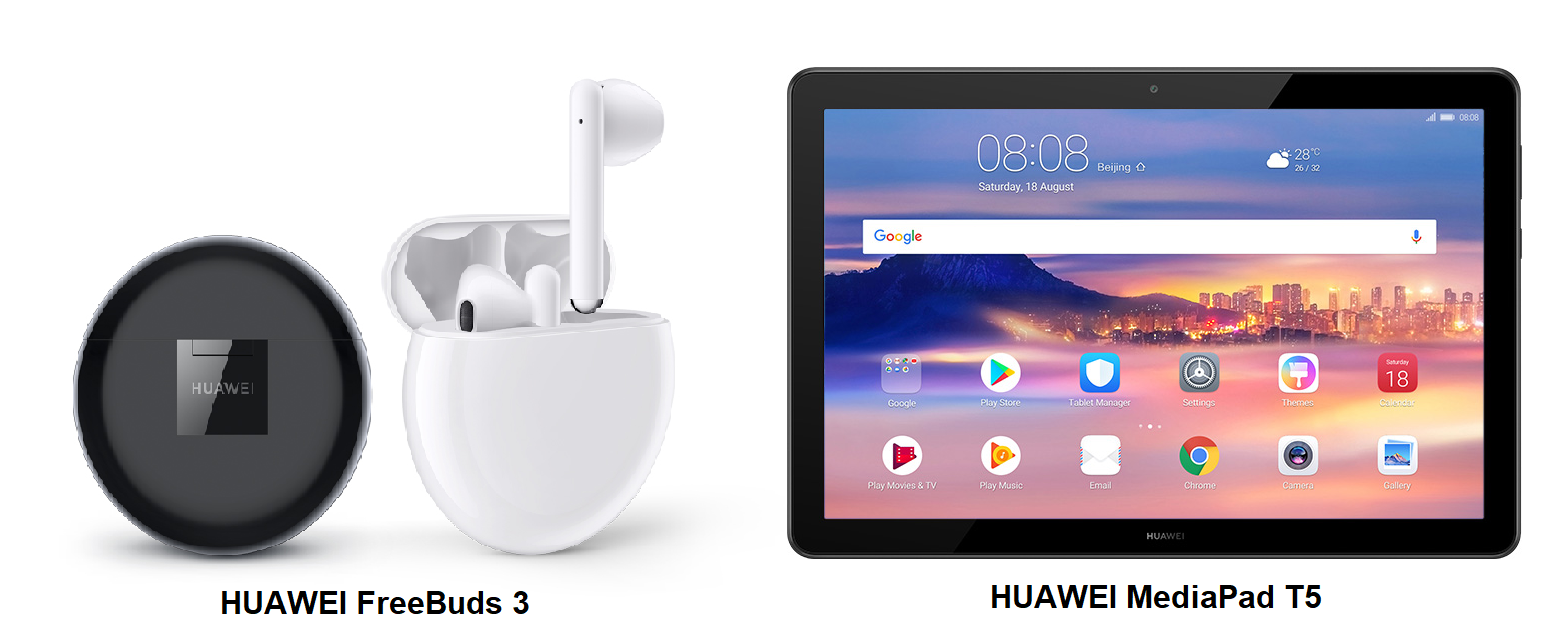At the 5.5G & Intelligent World 2030 media roundtable held during the Global Mobile Broadband Forum 2022 (MBBF2022), Alex Sinclair, CTO of GSMA, predicted that 5.5G would be put into commercial use in 2024, given the pace of 3GPP standardization. He emphasized that new generations of mobile communications networks emerge roughly every decade, and that upgrades of existing generations, like 2.5G, 3.5G, and 4.5G, are released roughly every five years. These enhanced versions come with much stronger performance and network management efficiency, as well as much less energy consumption, and 5.5G is no exception.
“5.5G is the result of the natural evolution of mobile communications technologies,” said Walid Mathlouthi, Head of Future Networks & Spectrum Management Division at ITU, who believes that 5.5G will offer significant improvements in terms of uplink and downlink speeds, coverage, and latency — three major indicators for measuring the quality of mobile communications networks. He noted the importance of spectrum in the evolution from 5G to 5.5G. Allocation of ultra-high-bandwidth spectrum and utilization of uplink-only spectrum are common concerns within the global ICT industry. The whole industry needs to come together to explore and develop networks, ecosystems, and services, thereby promoting healthy and sustainable industry development.
This view was shared by John Gao, 5.5G General Manager of Huawei, who believes that wireless technologies will need to evolve beyond 5G to satisfy the needs for building an intelligent society for the next 5 to 10 years. 5.5G, as an upgraded version of 5G, will serve as the backbone of the digital economy, thanks to four iconic capabilities: 10 Gbps downlink, 1 Gbps uplink, 100 billion connections, and native intelligence. 10 Gbps downlink and millisecond-level latency will bridge the divide between real and virtual worlds, facilitating the large-scale development of the MR, XR, and metaverse industries. In addition, 5.5G’s passive IoT technology will allow for battery-free mobile IoT devices, and unlock 100 billion connections. The Harmonized Communication and Sensing (HCS) will transcend connectivity and make it possible to innovate across a wider range of application scenarios. “To sum up, 5.5G provides across-the-board enhancement to 5G, for example, 10-fold improvements in network speed, new IoT connections, and higher sensing capabilities,” said Gao.
“5.5G will have a significant impact on the industrial sector”, said Michael Dowling, an academician of the German National Academy of Engineering and a founding member of Industry 4.0, who believes that the development of Industry 4.0 and the future of industry will be defined by new IoT iterations. In Germany, 5G-enabled factories tend to have better IoT, higher production efficiency, and can provide a wider range of better services to consumers. Some have even achieved sustainable production. It is believed that 5.5G will continue to drive this transformation.
“The development of metaverse requires significant improvements to communications networks. We look forward to the changes brought by 5.5G”, said Moon Jerin, founder and CEO of Aeindri Protocol and former chairperson of IEEE Women in Engineering. She believes that greater immersion, lower latency, and anytime connections are the main elements of the metaverse, and that these pose higher requirements on networks. In particular, existing networks have a lot of room to improve in terms of satisfying users in scenarios like virtual social networking, metaverse gaming, and immersive collaborative offices.
As an upgrade to 5G, 5.5G features landmark capabilities like 10 Gbps downlink, 1 Gbps uplink, 100 billion connections, and native intelligence. These will power futuristic industries like V2X, IoT, and robotics, as well as new paradigms for manufacturing. 5.5G will serve as the backbone of the digital economy. Guests suggested that global partners throughout the value chain will continue to innovate standards, spectrum, products, ecosystems, and applications to prepare for these changes. An open, cooperative, and win-win approach is essential to building an industry ecosystem for tomorrow, ushering in a 5.5G era, and embracing an intelligent world.
The Global Mobile Broadband Forum 2022 is hosted by Huawei, together with its industry partners GSMA and GTI. This annual forum gathers mobile network carriers, vertical industry leaders, and ecosystem partners from around the world to discuss how to make 5G a commercial success, as well as other high-priority industry topics like green development, intelligence, and 5G evolution. For more information, please visit:
https://www.huawei.com/en/events/mbbf2022


